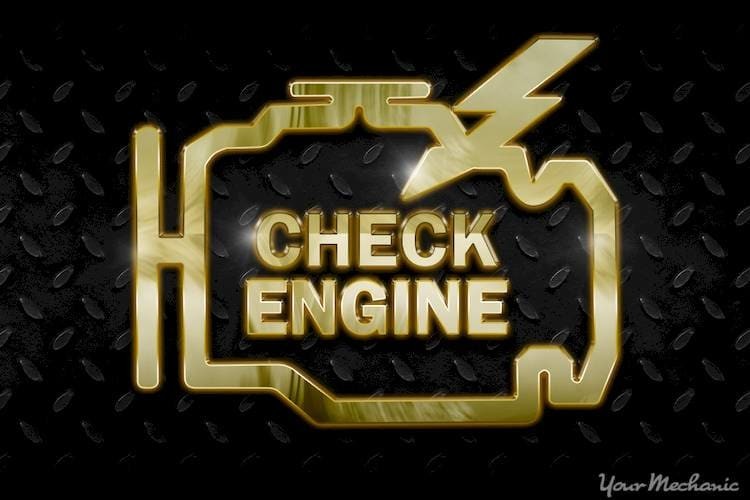The P0496 OBD-II code, often appearing in 2010 Hyundai Accents, signals a problem within the Evaporative Emission Control (EVAP) system. Specifically, it indicates “EVAP Flow During a Non-Purge Condition.” This article explains the code, its causes, symptoms, diagnostic procedures, and potential solutions.
What Does the P0496 Code Mean?
The EVAP system prevents fuel vapors from escaping into the atmosphere. It does this by capturing them in a charcoal canister and purging them into the engine for combustion under specific conditions. The P0496 code indicates that the system is detecting airflow when it shouldn’t be, meaning there’s a leak or malfunction allowing vacuum into the EVAP system during a non-purge period.
Common Causes of P0496 in a 2010 Hyundai Accent
Several factors can trigger the P0496 code in a 2010 Hyundai Accent:
- Faulty Purge or Vent Solenoid: These valves control the flow of vapors within the EVAP system. A malfunctioning solenoid can disrupt proper operation, leading to the P0496 code.
- Leaking EVAP System Hoses: Cracks or damage in the hoses can create vacuum leaks, triggering the code. Inspecting these hoses for deterioration is crucial.
- Blocked EVAP Canister: The canister stores fuel vapors. If it becomes clogged, it can disrupt the system’s pressure balance, resulting in the P0496 code.
- Malfunctioning EVAP/Fuel Pressure Sensor: An inaccurate reading from this sensor can mislead the Engine Control Module (ECM), causing it to detect a fault and set the code.
- Loose or Corroded Electrical Connections: Poor connections can interrupt communication between the sensors and the ECM, potentially triggering various codes, including P0496.
- Faulty Gas Cap: A loose or damaged gas cap can allow fuel vapors to escape, disrupting the EVAP system’s pressure and triggering the code. This is often the easiest fix.

Recognizing Symptoms of a P0496 Code
While the P0496 code might not cause noticeable drivability issues, the Check Engine Light illuminating is the primary indicator. In some instances, you might experience:
- Difficulty Starting: Though less common, a compromised EVAP system can sometimes affect engine starting.
- Rich Fuel Mixture: A persistent leak can lead to a richer fuel mixture, potentially affecting fuel economy and potentially damaging the catalytic converter over time.
Diagnosing the P0496 Code
A mechanic will typically use an OBD-II scanner to confirm the P0496 code. After clearing the code, they’ll test drive the vehicle to see if it returns. Further diagnostics may involve:
- Visual Inspection: Checking for damaged hoses, loose connections, and a properly sealed gas cap.
- Smoke Test: Introducing smoke into the EVAP system to pinpoint leaks.
- Solenoid Testing: Using a scan tool to activate the purge and vent solenoids and check for proper operation.
- Pressure Testing: Checking the system’s ability to hold pressure.
Repairing a P0496 Code
Repairing the issue depends on the diagnosed cause:
- Replacing Faulty Components: This could involve replacing the purge or vent solenoid, the EVAP canister, the fuel pressure sensor, or damaged hoses.
- Repairing Wiring Issues: This may involve cleaning connections, repairing damaged wires, or replacing connectors.
- Tightening or Replacing the Gas Cap: A simple but often overlooked solution.
Conclusion
Addressing the P0496 code promptly is essential to maintain your 2010 Hyundai Accent’s emissions system efficiency and overall performance. Though it might not present immediate driving problems, ignoring it could lead to more significant issues down the line. Consult a qualified mechanic to diagnose and repair the underlying cause accurately.

